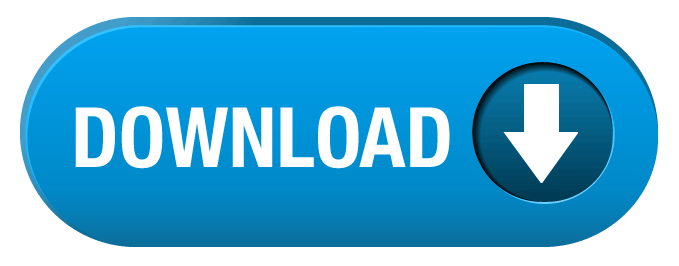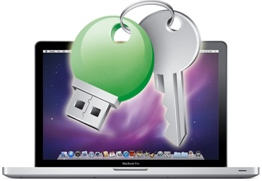


Make sure that there’s nothing important that you need on the drive, because the full contents will be deleted. Not only is it super-affordable, but it comes both USB-A and USB-C connections, which allows the drive to connect to any Mac with ease. I still recommend this SanDisk Ultra Dual Drive USB Type-C Flash Drive. Of course, having more storage won’t hurt. The second thing to keep in mind is that you’ll want to get a USB drive with at least16GB of storage space. Because every modern Mac supports USB-C, and some Macs only feature USB-C, I recommend purchasing a USB drive with a USB-C connector.

USB Flash driveīefore you begin, you’ll need to acquire a USB flash drive. Simply follow our step-by-step guide for the full details. This hands-on tutorial is valid for both the public and developer beta versions of macOS Big Sur, and will also work with the final version of Big Sur upon its release later this year. Making a bootable macOS Big Sur USB drive is a quick and clean way to install a fresh copy of macOS on your Mac.


 0 kommentar(er)
0 kommentar(er)
